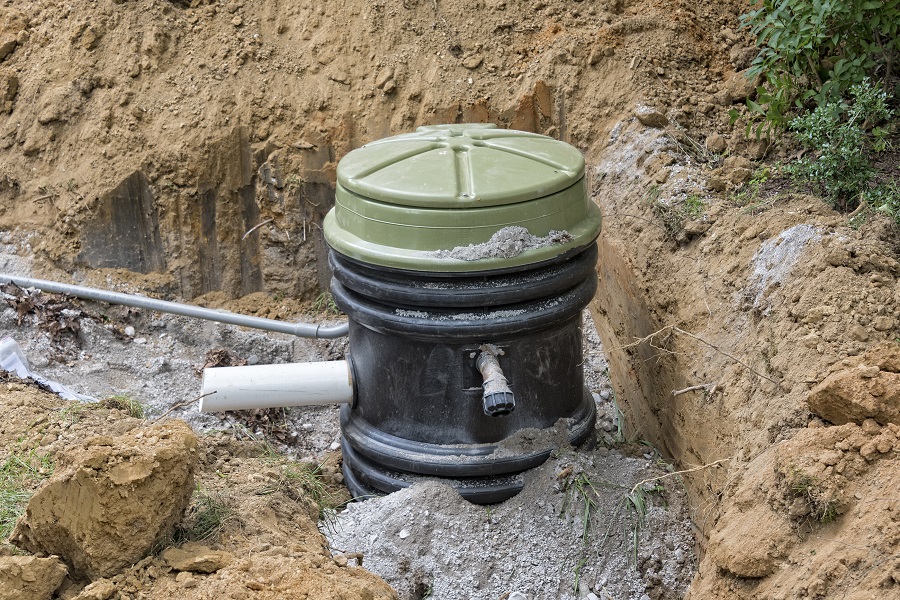Heating in Winter
If you resemble me, there are some cold days you don’t like and nights with a temperature below zero degrees and not having the opportunity to escape it because of houses appearing to be made of paper. Very cold rooms even under 20 blankets and with an electric radiator that utilizes many dollar worth of power each moment isn’t the way it.
Fortunately, there are basic measures that can be made to enhance the convenience of your home in winter and ensure it is substantially hotter so you would be enticed to open the windows on a day with a temperature of -1 degree.
Everything boils down to taking a look at where your home loses a large portion of its warmth and how to enhance effectiveness with regards to warming machines. Retrofitting and enhancing protection are a conspicuous advance and can truly enhance the convenience of your home.
Insulation
Insulation is an important factor with regards to temperature management inside structures and ought to be used in all roofs, walls and elevated grounds to limit the loss of warmth. It can be very overwhelming picking a decent brand of protection which provides an amazing quality of warmth and still being beneficial for your health and surrounding. The continuous search for protection that is produced using either a cellulose base or glass wool batts as the recent innovation is extremely recommended for these two sorts of protection mediums. Likewise, consider using foil sheets/batts that really reflect warmth (works properly for months with high temperature). Try not to go for inexpensive fiberglass or some other insulation mediums that contains too much of formaldehyde (an exceptionally dangerous substance that mixes with air).
Sunlight
Daylight through your windows in winter can truly raise the temperature of your house well. Remove any plants or foliage that might impede the daylight on all your windows that face the northern direction. In any case, ensure that your eastern and west-bound windows can be uncovered in the winter period. During summer these windows are left totally uncovered but your home is going to do the inverse on you during winter.
Decrease Heat Loss (when utilizing warmers)
To diminish warmth reduction when attempting to increase the temperature of your home from within there are a few approaches to achieve this.
1. Close all holes in floors, roof, and dividers
2. Seal all holes around entryways and windows
3. Buy thick, overwhelming blinds and shut pelmets for the inner windows
4. Include computerized door lockers to outside ways to lessen mistakenly leaving entryways open
5. Fit ventilations that naturally open and close on chimneys and fumes fans
Home heating units
Continuously check the performance of any radiator you buy and ensure your current warmer is serviced consistently. There is a varied number of equipment nowadays that can be utilized for warming homes i.e the sun based controlled air flow system, power efficient radiators, fuel warmers that use gas and so on. You can likewise consider the new inverter technology reverse cycle ducted air conditioning, intended to consume low power. Seek advice from your nearby electricity companies to discover what radiators are most appropriate for your home and environment specification.
Prevailing Winds
Verify where the overall breezes originate from in your general vicinity to set up structures or frameworks to divert these cool breezes.
Isolate Rooms
Confine the bigger rooms you wish to keep warm by including curtains or introducing entryways. This will decrease operating expenses of your radiator and will keep up an appropriate heat in the room you are using.
Diminishing warmth, protection, retrofitting and introducing power efficient warmers are an ideal way to keep your home at a comfortable temperature this winter. Each home is unique and has its own arrangement guidelines.











